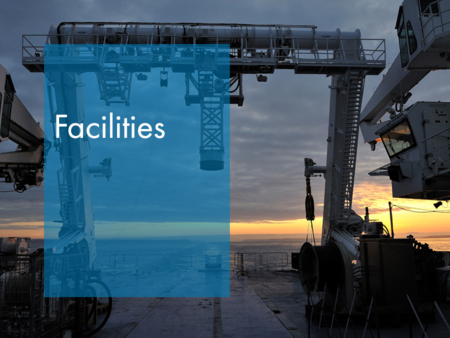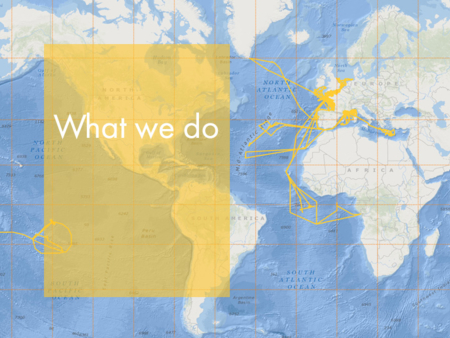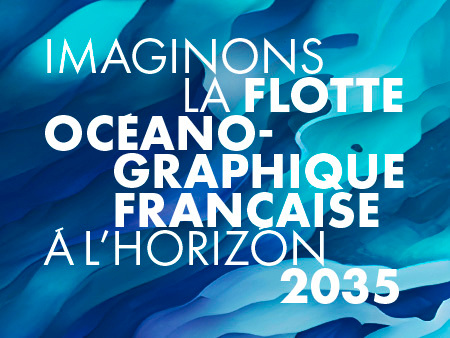Measuring instruments
Ships of the French Oceanographic Fleet are equipped with a range of measuring instruments dedicated to physical oceanography and biology.
As soon as the ship casts off, seawater temperature and salinity are measured continuously using a thermosalinograph.
The ships Thalassa and L’Europe are also equipped with a Ferrybox, a stand-alone system for analysing seawater. It measures temperature, salinity, phytoplankton density by fluorometry, and oxygen levels in the water.
The fishery research vessel Thalassa is equipped with the CUFES system which enables the scientific team to analyse the micro-organisms inhabiting subsurface waters, in particular for counting fish roe.
The ships Pourquoi pas ?, L'Atalante and Thalassa carry a CTD (Conductivity, Temperature, Depth).
Each ship receives a weather station which transmits meteorological data in real time to Météo France (French national weather service) via a satellite link.
| Marion Dufresne | Pourquoi pas ? | L’Atalante | Thalassa | Antea | L’Europe | Alis | Thalia |
Thermosalinograph | SBE21 | SBE21 | SBE21 | SBE21 | SBE21 | SBE21 | SBE21 | SBE21 |
Temperature sensor | SBE38 | SBE38 | SBE38 | SBE3S | SBE38 | SBE38 | SBE38 | SBE3S |
Ferrybox | - | - | 4H Jena | - | 4H Jena | - | - | |
CTD | - | SBE19Plus | SBE19Plus | SBE19 | - | - | - | - |
Weather station | Mercury | Mercury | Mercury | Mercury | Mercury | Mercury | Mercury | BATOS |




